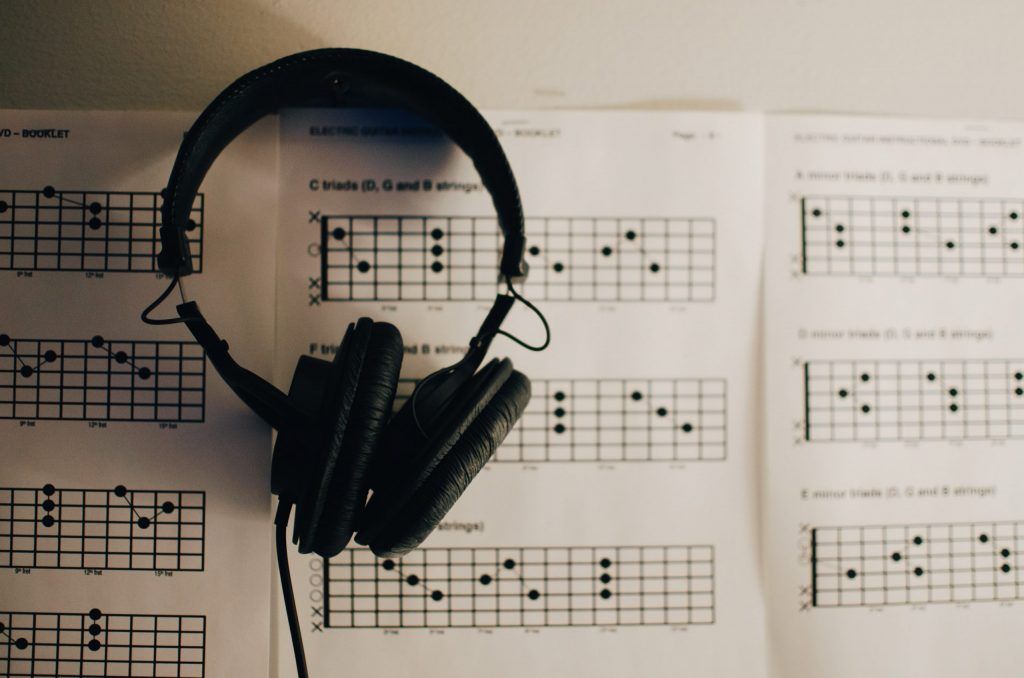
In today’s digital age, content creation has become a vital part of various industries, from marketing to entertainment. One crucial element that can elevate the quality of content is music. However, navigating music licensing can be complex and expensive. Enter royalty-free music—a creative solution that simplifies the process while offering high-quality, affordable options. This article explores how royalty-free music can inspire creativity and streamline content creation.
Understanding Royalty-Free Music
What is a Royalty Free Music?
Royalty-free music is a type of licensing that allows content creators to use music without the need to pay ongoing royalties or fees for each use. This means that after an initial payment, the music can be used multiple times without incurring additional costs. This licensing model is particularly appealing to creators who need to manage tight budgets while still wanting to produce high-quality content.
Royalty-free music is different from free music. While free music can be used without payment, it often comes with restrictive licensing terms or lower quality. In contrast, royalty-free music offers a balance between cost and quality, providing creators with a wide range of options that can be used legally and effectively.
Creative Benefits of Royalty-Free Music
One of the primary advantages of royalty-free music is its ability to enhance and inspire creativity. Music has a profound impact on the mood and tone of content. Whether you’re producing a video, podcast, advertisement, or any other form of media, the right music can transform your project.
- Inspiration and Mood Setting: Royalty-free music allows creators to choose from a vast library of tracks, each capable of evoking different emotions and atmospheres. This flexibility means you can find the perfect track to match the mood you want to convey, whether it’s excitement, tranquility, suspense, or joy.
- Consistency Across Projects: Using royalty-free music ensures consistency across multiple projects. Since you pay once and use the music repeatedly, you can create a cohesive auditory experience for your audience, reinforcing your brand identity.
- Creative Freedom: Royalty-free music provides creators with the freedom to experiment. Without the worry of recurring costs, you can try different tracks and styles until you find the perfect match for your content. This experimentation can lead to unique and memorable creations that stand out in a crowded digital landscape.
Practical Applications of Royalty-Free Music
Use in Various Types of Content
Royalty-free music is versatile and can be used in a wide range of content types. Here are some practical applications:
- Videos: Whether you’re producing YouTube videos, corporate presentations, or short films, royalty-free music can enhance the visual storytelling by adding a dynamic auditory layer. Background music, intro/outro themes, and sound effects can all be sourced from royalty-free libraries.
- Podcasts: For podcasters, royalty-free music is invaluable. It can be used for theme songs, transitions, and background ambiance, helping to create a professional and engaging listening experience.
- Advertisements: In advertising, music plays a crucial role in capturing attention and evoking emotions. Royalty-free music allows advertisers to access high-quality tracks that can elevate their campaigns without exceeding budget constraints.
- Games: Game developers can use royalty-free music to create immersive experiences. Background scores, character themes, and sound effects can all be sourced from royalty-free collections, providing the auditory depth necessary for captivating gameplay.
- Social Media: Short-form content on platforms like Instagram, TikTok, and Facebook benefits from the addition of music. Royalty-free tracks can make your posts more engaging and shareable, increasing your reach and impact.
Finding and Using Royalty-Free Music
Finding the right royalty-free music for your projects is crucial. Here are some tips and resources to help you get started:
- Identify Your Needs: Before searching for music, identify the specific needs of your project. Consider the mood, tempo, and style that would best complement your content.
- Explore Reputable Platforms: There are several reputable platforms where you can find high-quality royalty-free music. Some popular options include AudioJungle, Pond5, Shutterstock Music, and Epidemic Sound. These platforms offer extensive libraries with easy-to-navigate search functions.
- Check Licensing Terms: While royalty-free music generally offers broad usage rights, it’s essential to review the specific licensing terms of each track. Ensure that the license covers your intended use, especially if you’re using the music for commercial purposes.
- Preview and Experiment: Take advantage of preview features on music platforms to listen to multiple tracks before making a decision. Experiment with different options to find the best fit for your project.
- Integrate Seamlessly: Once you’ve chosen your music, integrate it seamlessly into your project. Pay attention to the timing and volume levels to ensure that the music enhances rather than overwhelms your content.
Conclusion
Royalty-free music is a creative solution that helps content creators enhance their projects with high-quality music without the complexity and cost of traditional licensing. By providing a vast array of options, royalty-free music inspires creativity, ensures consistency, and offers the freedom to experiment. Whether you’re a video producer, podcaster, advertiser, game developer, or social media influencer, incorporating royalty-free music into your content can elevate its quality and impact.








[…] post Royalty-Free Music: A Creative Solution for Content Creators appeared first on ezine […]